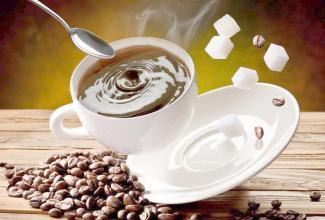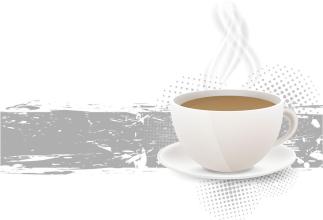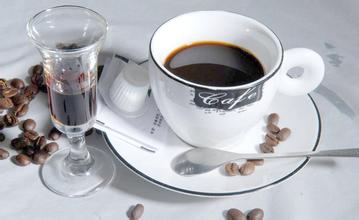Description of Flavor of High-quality Coffee beans in different places introduction of Grinding scale Manor in production area
Description of Flavor of High-quality Coffee beans in different places introduction of Grinding scale Manor in production area
Other kinds of Brazilian coffee, such as Rio and Parana, can be produced in large quantities because they do not need too much care. Although the taste is rough, it is a kind of high-quality and inexpensive coffee, which has its own standards because it is distributed all over the country and varies in quality (NO.2-NO.8 according to the number of sundries, NO.13--NO.19 according to the size of beans, and six grades according to taste). Almost all Arabica varieties are of good quality and stable in price. The most famous one is "Brazil Santos", which has been a necessity of blended coffee and is familiar to the public since ancient times. Recently, the rating of "Guilma Cup" is also very high.
This is the second largest coffee industry after Brazil, and is also the leader in the Columbia Maird Group (Colombia, Tanzania, Kenya). In addition, there are Asa Maird, Anwar Snow Arabica, Robsta). The more famous producing areas, such as "Medellin", "Manizares", "Bogota" and "Armenia", etc., all the coffee beans cultivated are Anicabi species, which are quite rich in taste, stable in quality and price, and the fried coffee beans are bigger and more beautiful.
The coffee cultivation belt of this country is similar to Guatemala in the south in terms of geographical and climatic conditions, so it is included in the scope of "China and the United States". The main producing areas are in Goa DiBuick, Oaxaca and other states, especially the water-washed coffee beans from the highlands, which have excellent aroma and sour taste. according to the elevation, the specifications are divided into three categories: Aldora (4000-4200 ft), Prima Labado (2800-3300 ft) and Boone Labado (2100-2500 ft). Most of the origin is sold to the United States.

Important Notice :
前街咖啡 FrontStreet Coffee has moved to new addredd:
FrontStreet Coffee Address: 315,Donghua East Road,GuangZhou
Tel:020 38364473
- Prev

Flavor description of Yejiaxuefei Coffee Raw Bean introduction to the degree of Grinding of varieties produced by Taste treatment
Flavor description of raw beans of Yejasuefi Coffee the degree of grinding of varieties in the French production area was initially planted by monastic academics in Europe and later transferred to farmers or cooperatives. Yega Xuefei is actually constructed by the surrounding coffee communities or cooperatives, including: Hafusha, Hama, Biloya. These mountain villages are foggy and the four seasons are like
- Next

Introduction to the varieties of Colombian Coffee beans produced by Grinding and Calibration
Huila is located in southern Colombia, one of the well-known special coffee producing areas, with an altitude of about 1200 to 2020 meters above sea level, with a planting area of more than 1.3 million hectares and an average temperature of 17-23C. Because of its outstanding flavor and aroma, it has become a world-famous special coffee. Medium and high
Related
- Detailed explanation of Jadeite planting Land in Panamanian Jadeite Manor introduction to the grading system of Jadeite competitive bidding, Red bid, Green bid and Rose Summer
- Story of Coffee planting in Brenka region of Costa Rica Stonehenge Manor anaerobic heavy honey treatment of flavor mouth
- What's on the barrel of Blue Mountain Coffee beans?
- Can American coffee also pull flowers? How to use hot American style to pull out a good-looking pattern?
- Can you make a cold extract with coffee beans? What is the right proportion for cold-extracted coffee formula?
- Indonesian PWN Gold Mandrine Coffee Origin Features Flavor How to Chong? Mandolin coffee is American.
- A brief introduction to the flavor characteristics of Brazilian yellow bourbon coffee beans
- What is the effect of different water quality on the flavor of cold-extracted coffee? What kind of water is best for brewing coffee?
- Why do you think of Rose Summer whenever you mention Panamanian coffee?
- Introduction to the characteristics of authentic blue mountain coffee bean producing areas? What is the CIB Coffee Authority in Jamaica?

